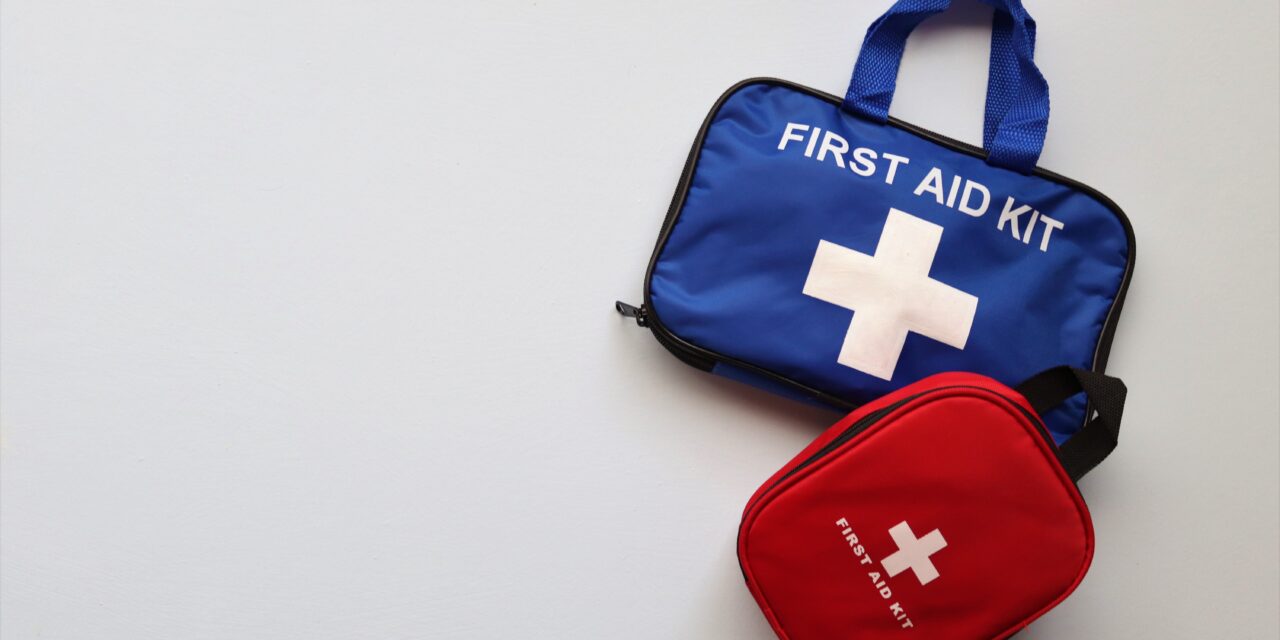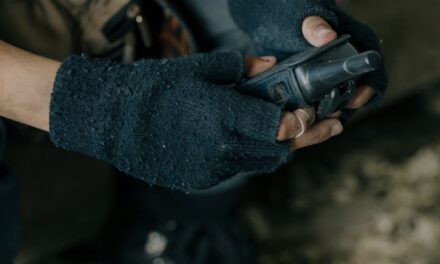Imagine you’re on a road trip, miles from the nearest town, when suddenly your car breaks down. It’s late, the weather is turning, and help isn’t immediately available. Such scenarios, though undesirable, are not entirely uncommon. This is where the importance of a well-equipped car survival kit comes into focus. In emergency situations, a car survival kit can be a lifesaver, literally. But what exactly should you include in this kit? Let’s dive into the essentials that can make a significant difference in unexpected roadside emergencies.
Understanding the Importance of a Car Survival Kit
Having a car survival kit isn’t just about being prepared for the worst; it’s about ensuring peace of mind every time you hit the road. Whether it’s a sudden breakdown, extreme weather conditions, or unforeseen accidents, being equipped can help you stay safe, signal for help, and survive until assistance arrives. A well-prepared kit should cater to basic human needs: water, food, warmth, safety, and first aid.
Furthermore, different regions and seasons might demand specific items. For instance, in colder climates, additional warmth and snow-related gear become crucial. Conversely, in desert areas, extra water and sun protection are non-negotiable. Therefore, customizing your kit based on your typical travel routes and local weather conditions is vital.
Remember, it’s not about lugging around an entire survival arsenal. It’s about the careful selection of essential items that won’t take up too much space but will be invaluable in emergencies. This guide will provide a comprehensive breakdown of the essential items that should be in every car survival kit, ensuring you’re prepared for the unexpected.
Detailed Breakdown of Essential Car Survival Kit Items
1. First Aid Kit: A Non-Negotiable Necessity
A comprehensive first aid kit is indispensable in any car survival kit. It should include basic supplies such as bandages, antiseptic wipes, gauze pads, adhesive tape, pain relievers, allergy medications, and a pair of scissors. Tailoring the first aid kit to include personal medications or items like an EpiPen if you have specific allergies is also wise.
2. Water and Non-Perishable Food: Sustenance for Survival
Water is crucial for survival. Store at least a gallon per person, ideally in small bottles for easy distribution. Include a few high-energy, non-perishable food items like energy bars, nuts, or dried fruits. These foods should be replaced every six months to ensure they remain fresh and safe to eat.
3. Flashlights and Extra Batteries: Lighting the Way
A reliable flashlight or headlamp can be a game-changer in dark, stressful situations. LED flashlights are highly recommended for their long battery life and brightness. Don’t forget to pack extra batteries or a hand-crank charger to ensure continuous light.
4. Multi-Tool and Basic Repair Supplies: Handy for Quick Fixes
A good quality multi-tool can serve many purposes, from fixing minor car issues to cutting through materials in an emergency. Include basic repair items like duct tape, a tire repair kit, jumper cables, and tow ropes.
5. Emergency Blankets and Warm Clothing: Protection Against the Cold
Emergency thermal blankets are compact and can effectively retain body heat. Additionally, store extra warm clothing, gloves, and hats, particularly if traveling in colder regions.
6. Signaling Devices: For Attracting Attention
In case of being stranded, you need to signal for help. Items like flares, reflective triangles, and a whistle are effective in drawing attention. A brightly colored banner or cloth can also be used as a signal.
7. Maps and Compass: Old-School Navigation
In a world reliant on GPS, having physical maps and a compass is often overlooked. However, in areas with no cellular service, these can be crucial for finding your way to safety.
8. Fire Starters: For Warmth and Cooking
Include waterproof matches, lighters, or fire starters. These are essential for warmth, cooking, and even boiling water for purification if necessary.
Each of these items serves a specific and critical purpose in a car survival kit. Remember, it’s not just about having these items, but knowing how to use them effectively. Familiarize yourself with each item to ensure you can utilize them optimally in an emergency.
Summary and Key Takeaways: Building a Resilient Car Survival Kit
Recap: The Essentials for Safety and Survival
In this comprehensive guide, we’ve covered the essential components of a car survival kit, each serving a vital role in ensuring your safety during unexpected emergencies. From the indispensable first aid kit to sustenance supplies, lighting, and signaling devices, each item has been chosen for its practicality and necessity.
Key Takeaways: Preparedness and Proactivity
- Regular Updates: Regularly review and update your car survival kit. Checking expiry dates on food and medical supplies, and ensuring tools are in working order, is crucial for maintaining kit effectiveness.
- Customization is Key: Tailor your kit to suit your specific travel needs and local climate conditions. For instance, those driving in winter conditions should include additional warm clothing and a snow shovel.
- Knowledge is Power: Familiarize yourself with the use of each item in your kit. In an emergency, knowing how to efficiently use the tools at your disposal can make a significant difference.
- Practice Makes Perfect: Regularly practice emergency scenarios with your family. This ensures everyone knows what to do and where to find the survival kit in case of an emergency.
Final Thoughts: A Lifeline on the Road
Your car survival kit is more than just a collection of items; it’s a lifeline in critical situations. It reflects your commitment to safety and preparedness. While we hope you never have to use it, having a well-thought-out and equipped car survival kit provides peace of mind, knowing you’re prepared to face unexpected challenges that come your way.
Remember, in the realm of emergency preparedness, it’s always better to have it and not need it than to need it and not have it. Stay safe and prepared!








